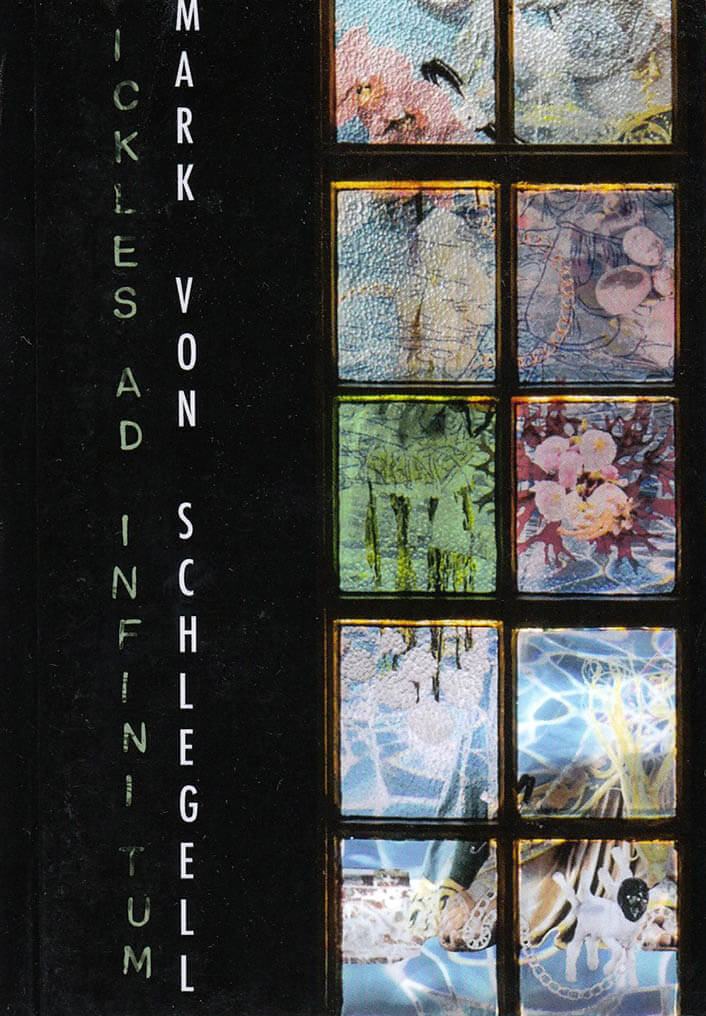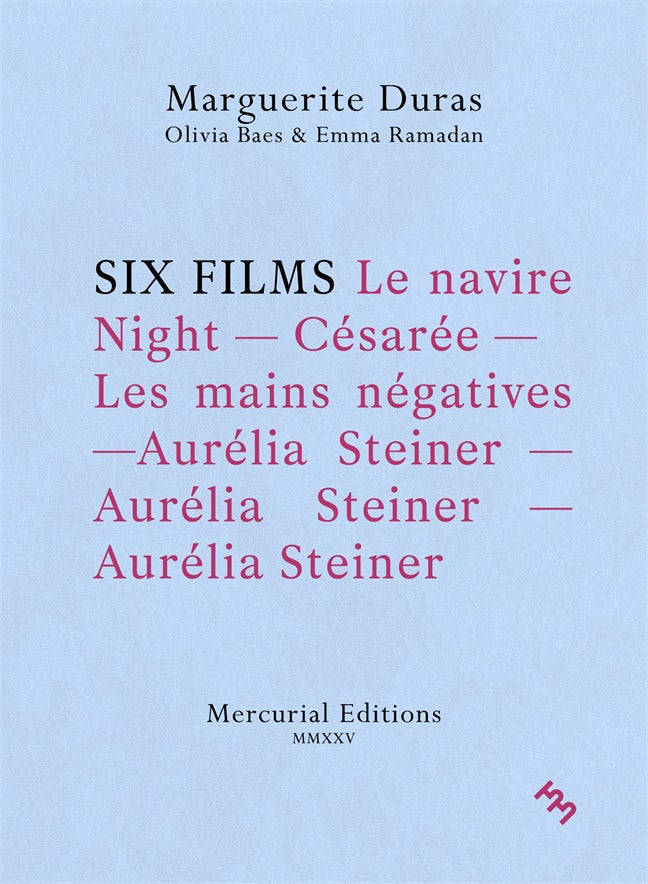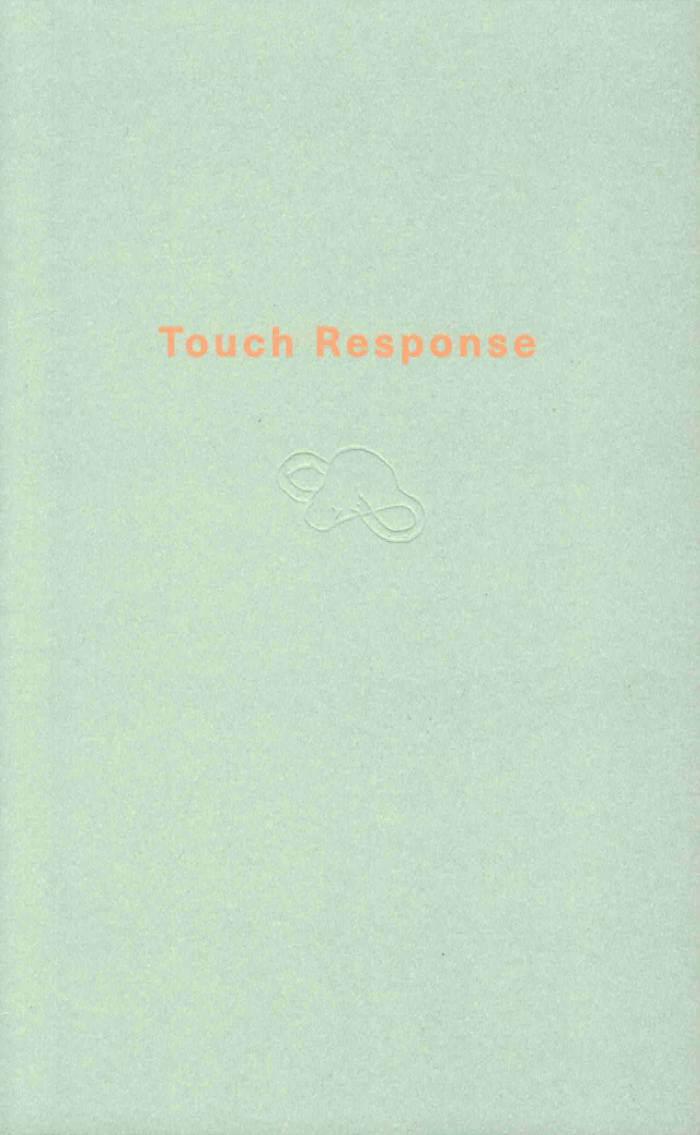
PSYCHOTRONIC CRIMES
Netspooky trans.
PSYCHOTRONIC CRIMES is the English translation of an educational manga published in February 2020 by the Technological Crime Victims Network Nonprofit Organization of Japan. Originally titled お前はまだ集団ストーカーを知らない (literally “You Don’t Know Gang Stalking Yet”), the comic serves as a comprehensive overview of the heinous acts of electronic harassment and gang stalking perpetuated by various religious and political organizations, unnamed in the comic but hinted to be the Unification Church and the Liberal Democratic Party. Following the assassination of former Prime Minister Shinzo Abe, a Liberal Democratic politician with deep ties to the Unification Church, these groups and their sordid techniques of coercion have come under serious legal scrutiny for the first time in Japan’s history. However, the true nature of these crimes is still obscure to the populace and many victims remain alienated and alone. Founded in 1998, the Technology Crime Victim Network provides community support for targeted individuals and helps raise awareness about gang stalking and other electronic crimes in Japan and abroad.
Translated by Netspooky
Language: English







